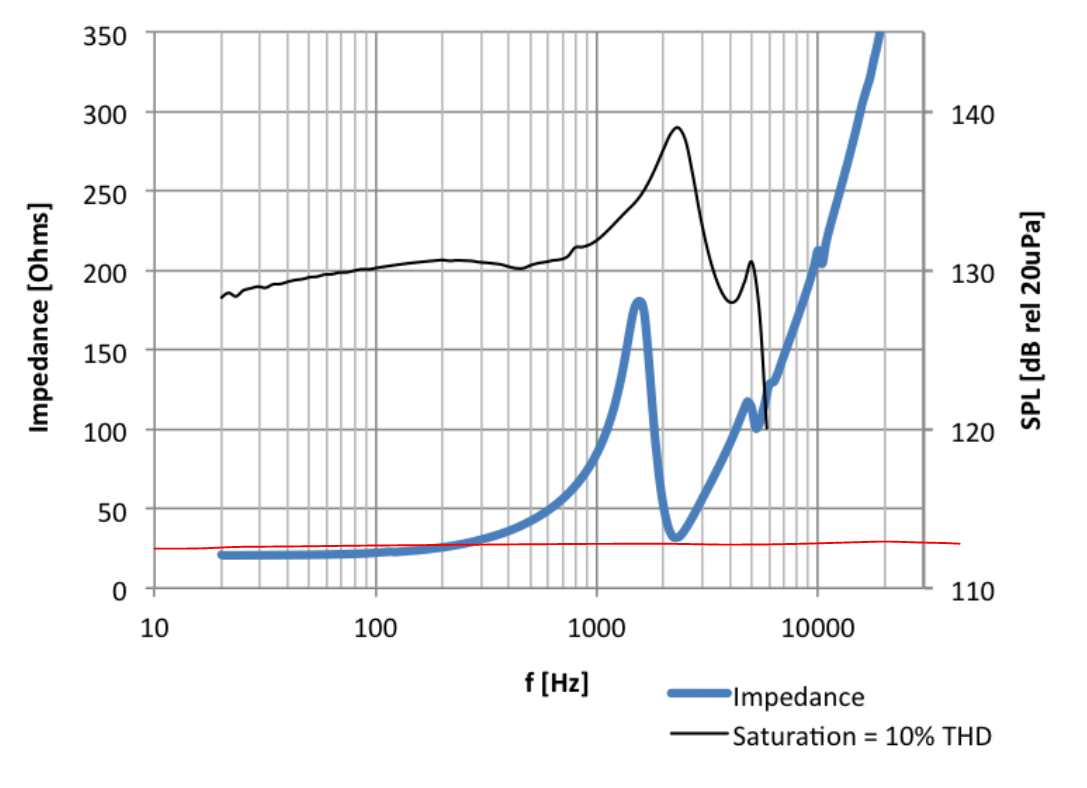PhonoPhi
Headphoneus Supremus
BA drivers are limited in their range by design.IEMs that at the end of the day end up being worse at following a target curve than single-driver IEM (Etymotics). I do not see why multi-driver IEMs are a thing, when you still need to optimize how you use a single driver for full-range, then you add more and make your design less coherent and harder to optimize. To be honest, EQ ends up being one of the best if not the best improvements you can get for your system, be it headphones, speakers, or IEMs.
Also several BA drivers working together give a similar effect as a violin section vs. a single violin.
The coherence is definitely a limitation, but with more overlaping driver range (with more drivers), it can be partially mitigated.






















